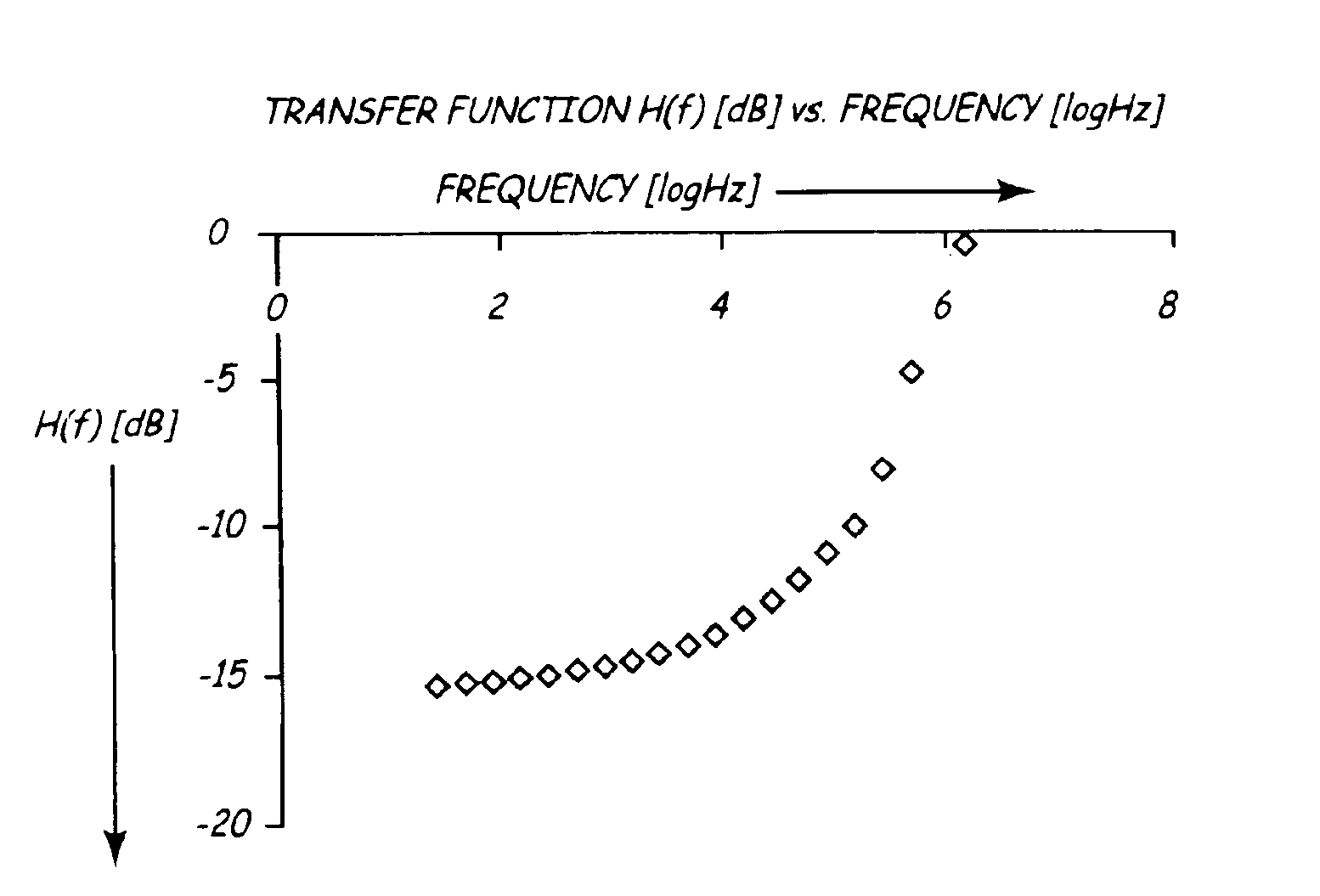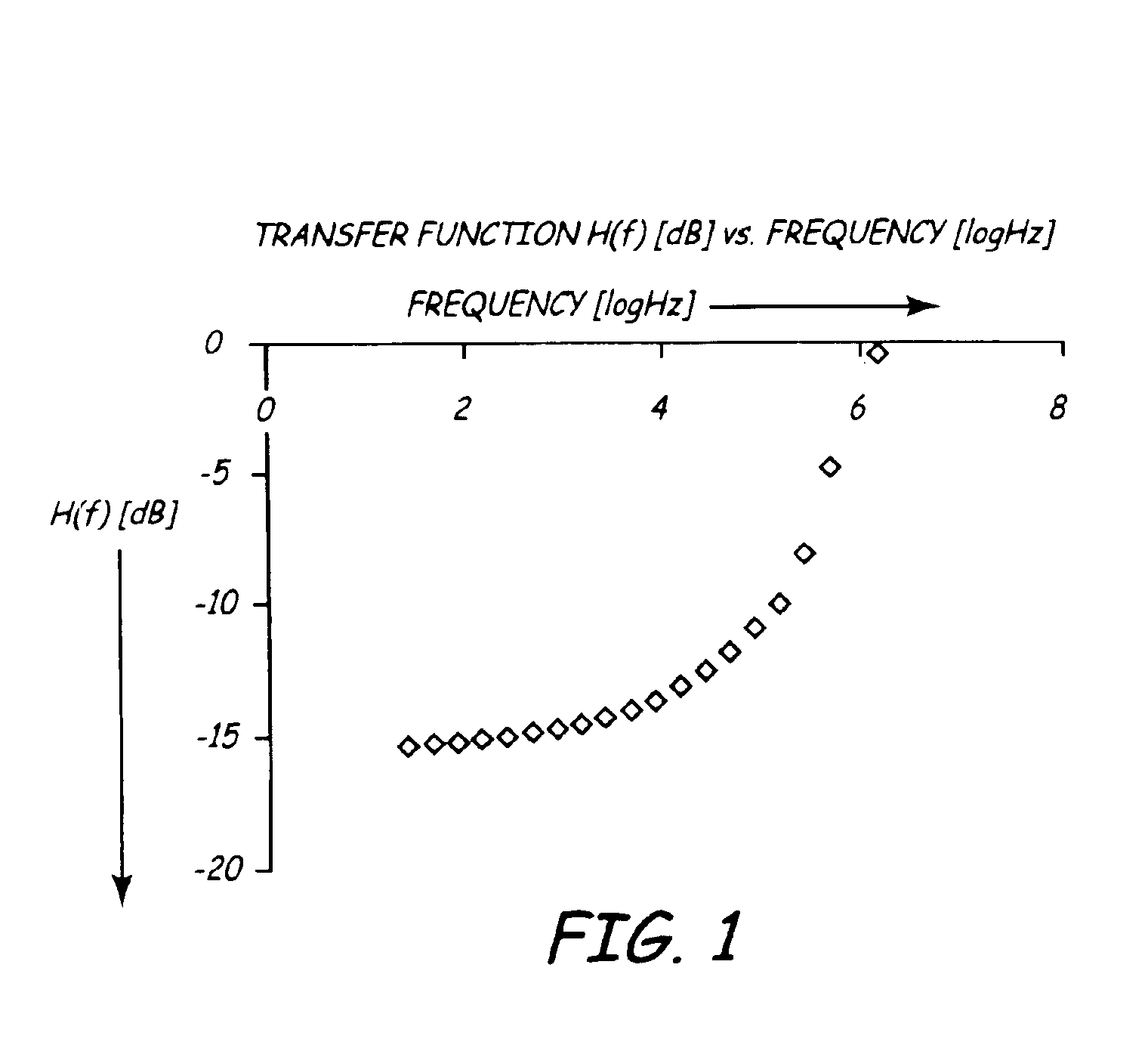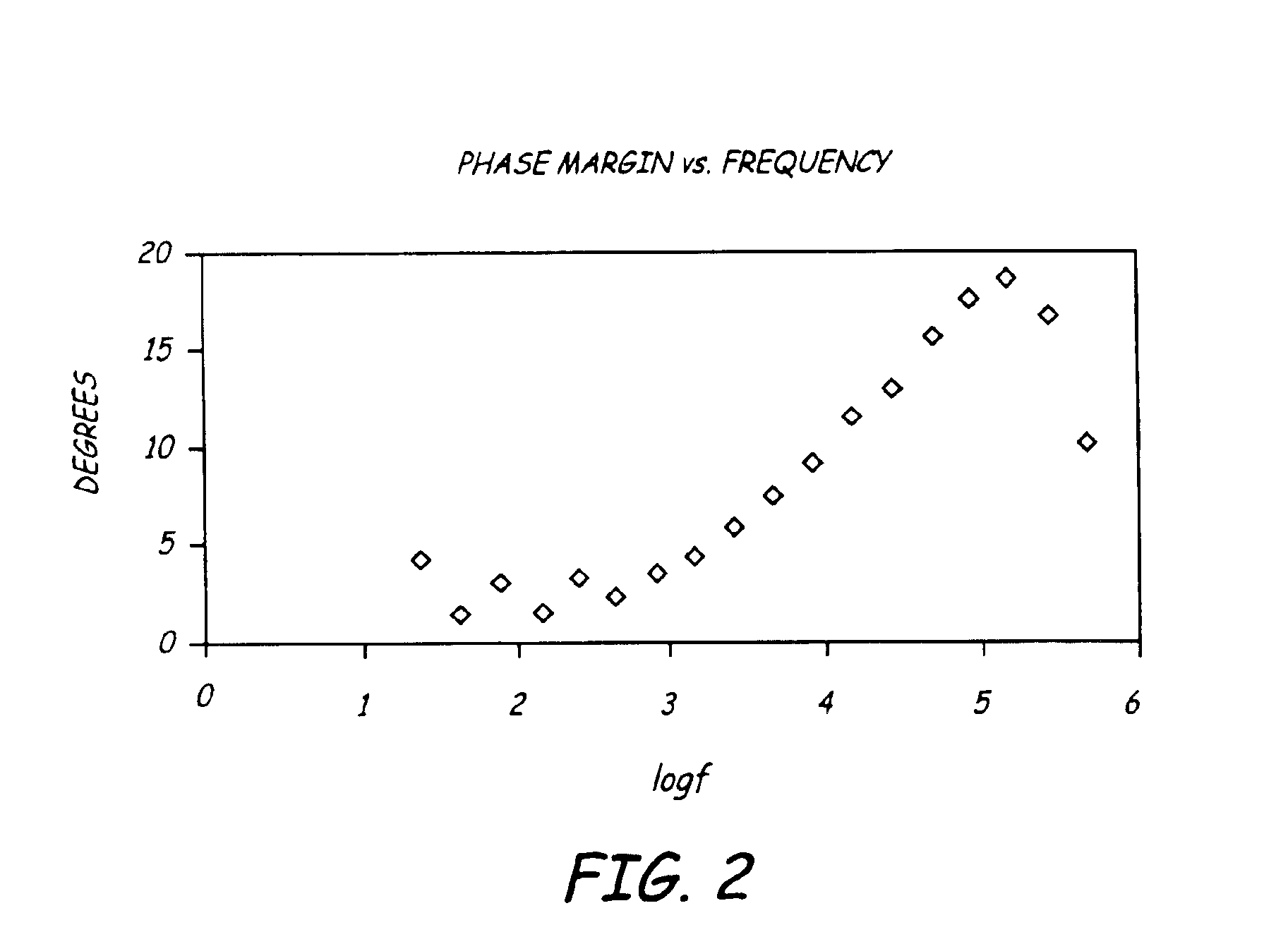Semiconductor and non-semiconductor non-diffusion-governed bioelectrodes
a bioelectrode and non-semiconductor technology, applied in the field of non-diffusion-governed bioelectrodes of semiconductor and non-semiconductor, can solve the problems of increased electrode surface area, signal distortion not completely avoided, and inability to completely accurately diagnose the cause of the diseas
- Summary
- Abstract
- Description
- Claims
- Application Information
AI Technical Summary
Problems solved by technology
Method used
Image
Examples
Embodiment Construction
[0015]The present invention relates to an improved electrode system for reducing distortion of sensed physiological signals. The improved system, which involves the use of a new Halbleiter class of electrodes, differs in certain fundamental characteristics as compared to electrodes of prior art systems. Specifically, within the improved system, conduction at the electrode / tissue interface is characterized by electron e− or electron vacancy h+ movement rather than the movement of solution phase ions. Thus, the system does not demonstrate diffusional kinetics, and the impedance magnitude is not inversely proportional to the square root of signal frequency. The transfer function within the physiological frequency range of 100 Hz or less is either substantially constant, or mathematically uncomplicated, allowing immediate recording or facile recovery of the source signal. Moreover, the phase shift is substantially constant across this frequency range
[0016]In one embodiment of the invent...
PUM
 Login to View More
Login to View More Abstract
Description
Claims
Application Information
 Login to View More
Login to View More - R&D
- Intellectual Property
- Life Sciences
- Materials
- Tech Scout
- Unparalleled Data Quality
- Higher Quality Content
- 60% Fewer Hallucinations
Browse by: Latest US Patents, China's latest patents, Technical Efficacy Thesaurus, Application Domain, Technology Topic, Popular Technical Reports.
© 2025 PatSnap. All rights reserved.Legal|Privacy policy|Modern Slavery Act Transparency Statement|Sitemap|About US| Contact US: help@patsnap.com



